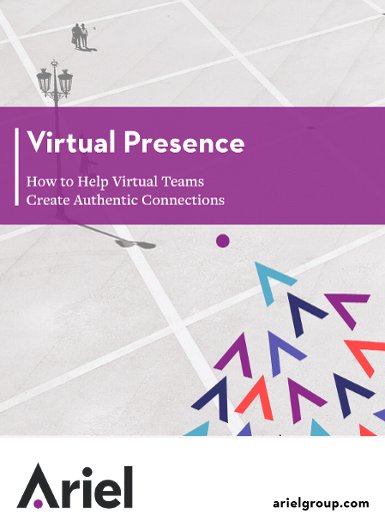Your Secret Weapon for More Revenue: Proposal Writing Training

A few decades ago, some business proposals were mere formalities. The client and the proposer knew each other, they had worked together before, and a conversation plus a handshake sealed the deal. The written proposal was “for the file.” Imagine!
Now the bar for a deal-clinching proposal sits considerably higher. Now a team’s success relates directly to the quality of its written proposals. Now you need a specific skill set to write winning proposals.
Your proposal writers, however experienced they may be, could probably benefit from a skills upgrade. Great training could set you up for quicker sales, less back and forth with the client, and a shorter sales cycle.
Here are four ways to improve your team’s proposals
-
Frame the entire proposal using “you,” so that every idea in it has some appeal to the reader.
-
Use words that keep the door open for the reader, such as “investment” rather than “fee.”
-
Use comparisons to illustrate the difference that funding your proposal can make.
-
Create options. Give the reader several attractive choices to change the question from “Yes or no?” to “Which one?”
First, abandon the idea that your proposal should reflect your product, your thoughts about it, and the amazing features of your approach.
Using self-referential words (“we” and “our”) may be the biggest obstacle to proposal success. Prospective clients care about how life will be better for them if they accept your proposal. They don’t want features; they want benefits. Rather than telling your readers that your system is faster than your competitors’, say that 80% of clients report improvements of 25% or better in their systems’ processing times. Make it easy for the reader to envision using the product or service by writing “you” and “your” as often as you can.
Example:
“We-focused”: Our service is superior to the competition’s.
“You-focused”: Your customers will experience an immediate upgrade in connection speeds.
Which one appeals more to you?
Second, be smart about choosing words that keep your reader engaged.
Yes, your client will pay for your work. Yet you don’t need to make the cost sound unappealing. If you refer to the client’s “investment” in your services, you set up the expectation of a return on that investment. A “fee,” by contrast, doesn’t sound like a cost that benefits the client.
Third, use comparisons to paint a clear image in your readers’ minds of how different their lives could be if they accepted your proposal.
You don’t need thousands of words to paint a “before and after” scenario. Simply state a comparison from one of your own clients’ companies. For example, “Company A found that a processing cycle that had typically taken six months quickly halved to only three months.”
Finally, create choice.
Researchers tell us that the number-one attribute Americans value in purchasing decisions is choice. Henry Ford seems to have known about that value, and even joked about it: he told customers they could have their Model T in any color they wished, as long as it was black. You have more options than Henry did: you can offer real choice.
For example, in your proposal you can offer products or services at three price tiers, or three time spans, or three levels of service. Choice helps to keep your reader focused on your proposal rather than reaching for someone else’s. Encouraged to make a choice among several options, many of us are likely to choose one of them rather than say “none of the above.” (Yes, I’m thinking of ice cream flavors. Who would choose no ice cream?)
These four ideas are only a taste of what your proposal writers can learn in proposal-writing training. They will come away with a simple, repeatable process that makes your proposals more persuasive.
So which flavor would you like?
